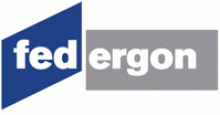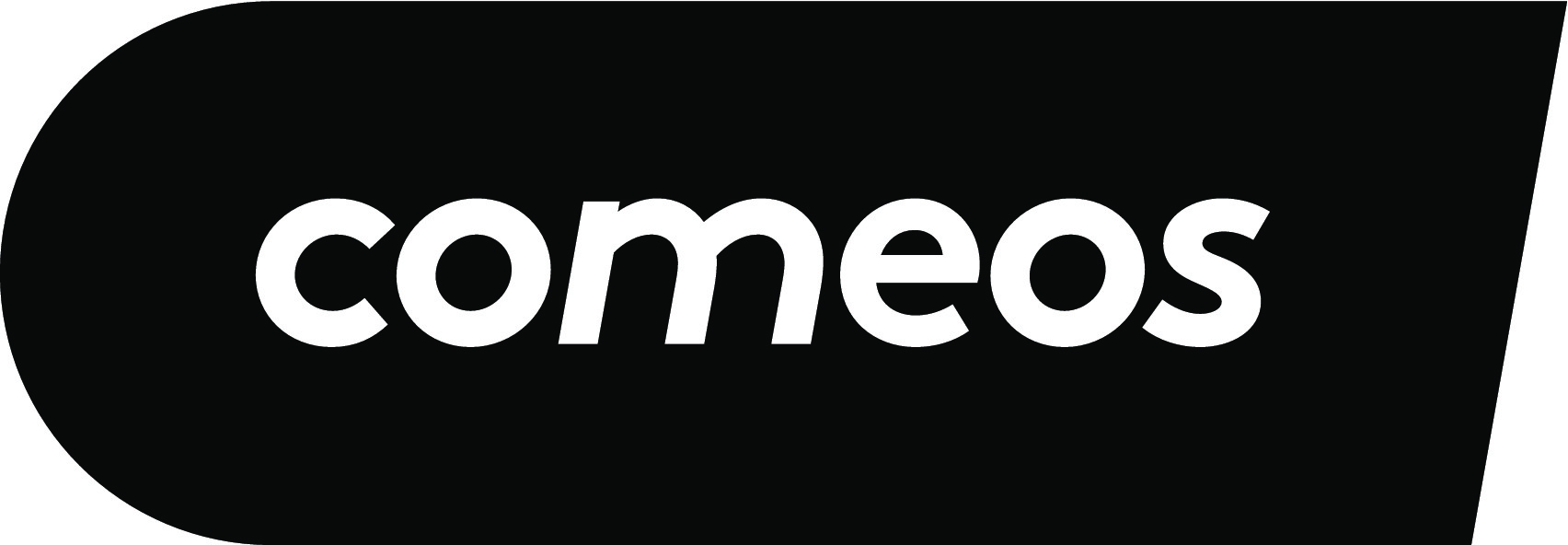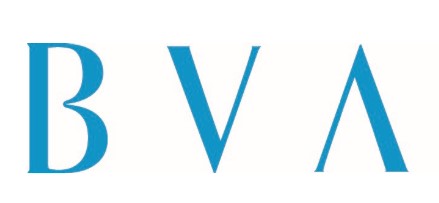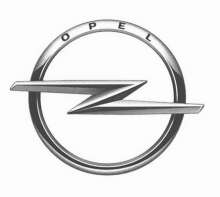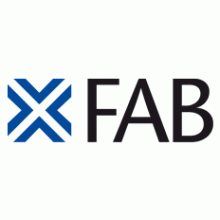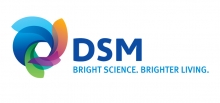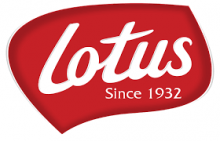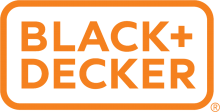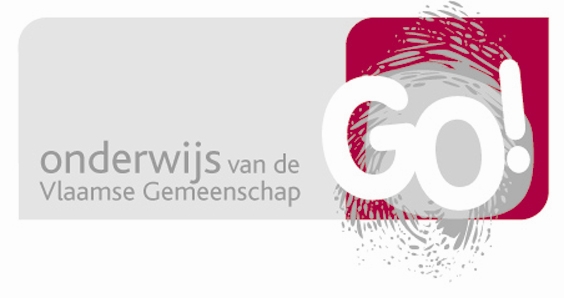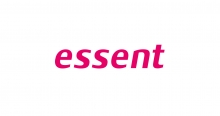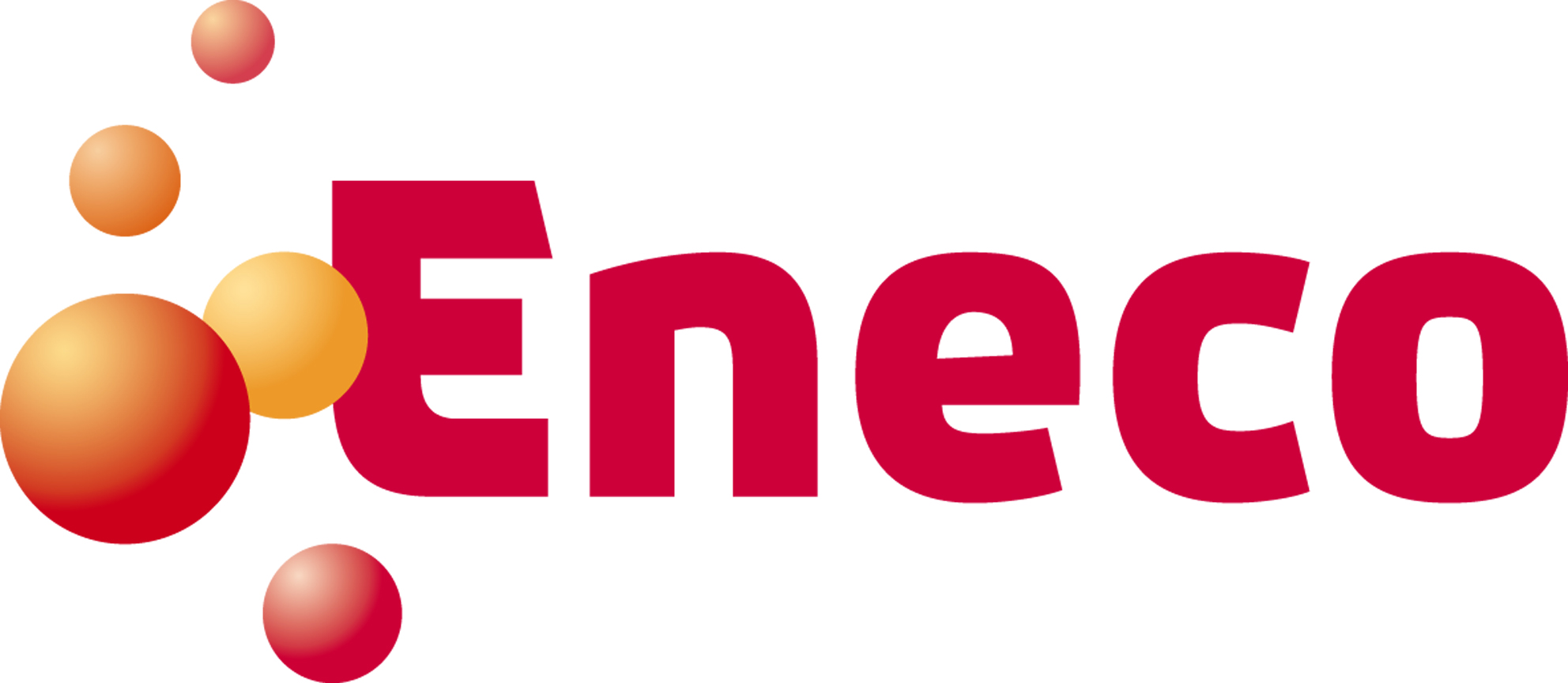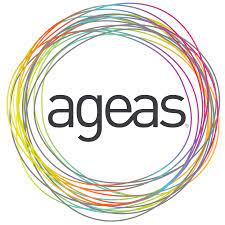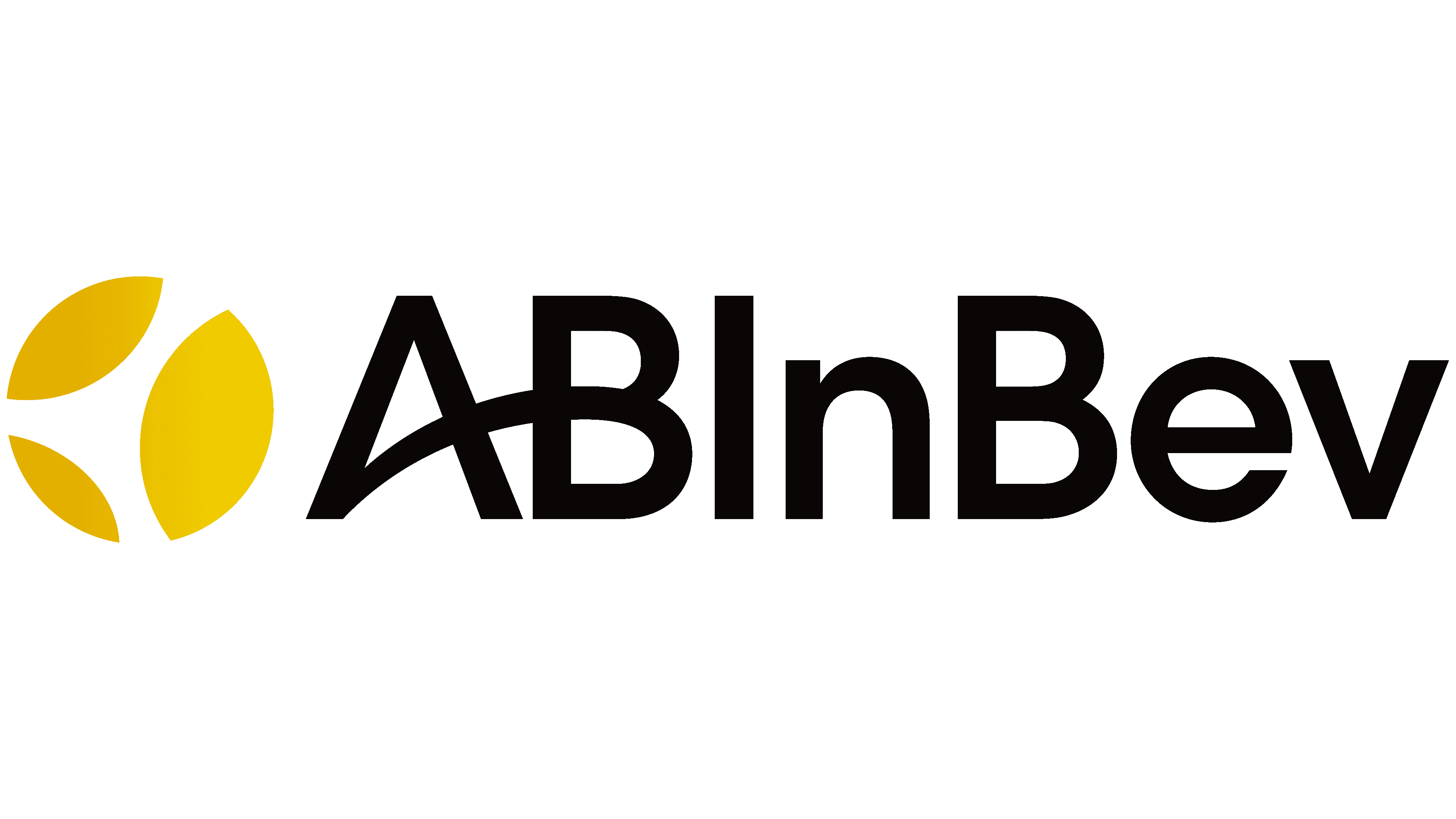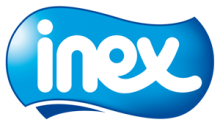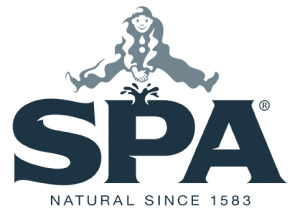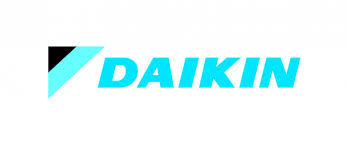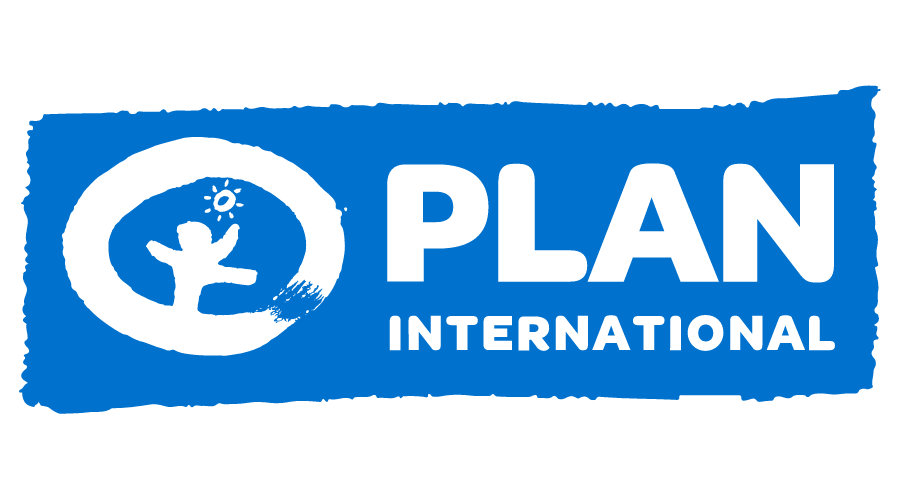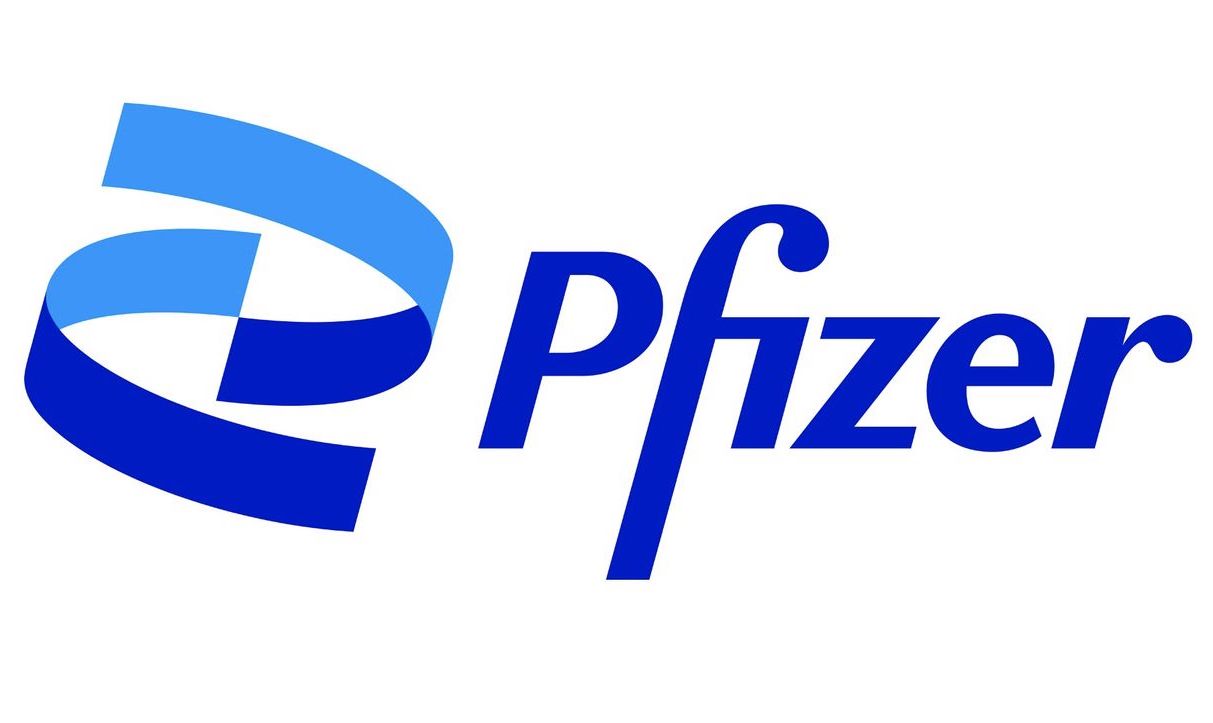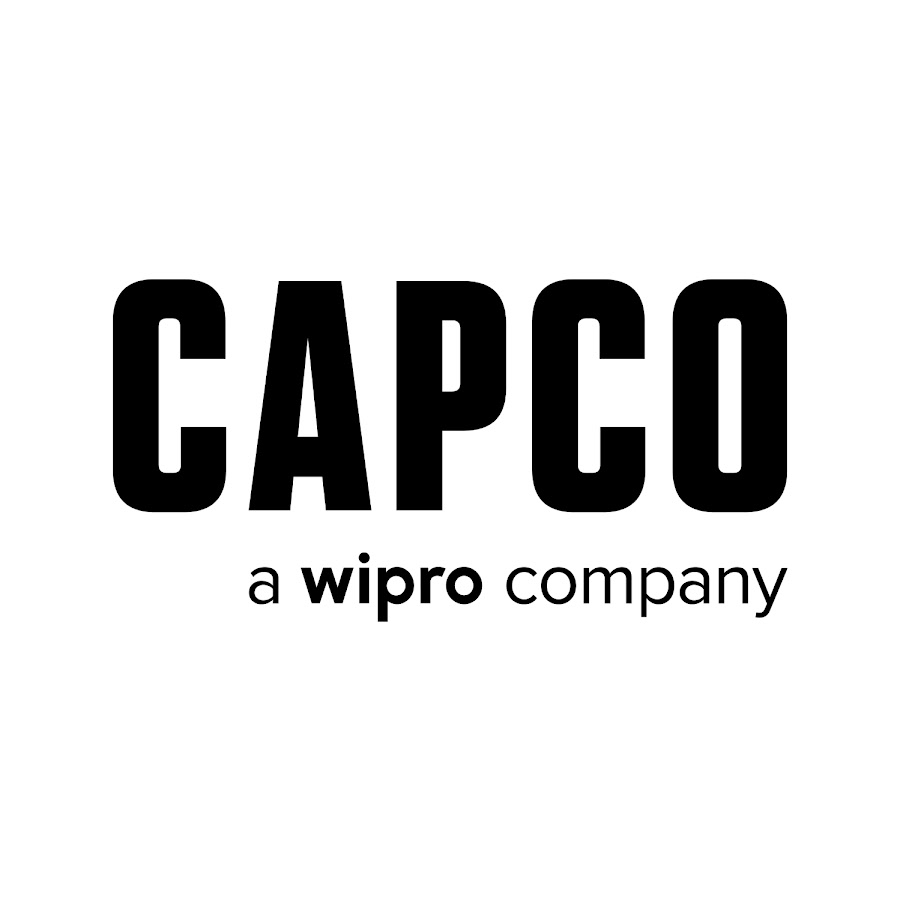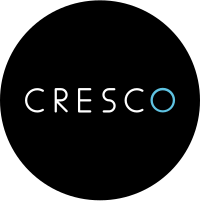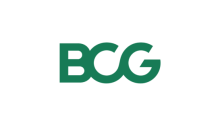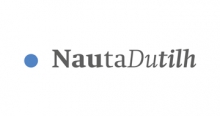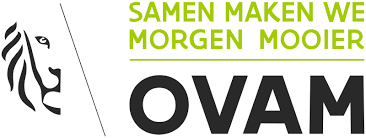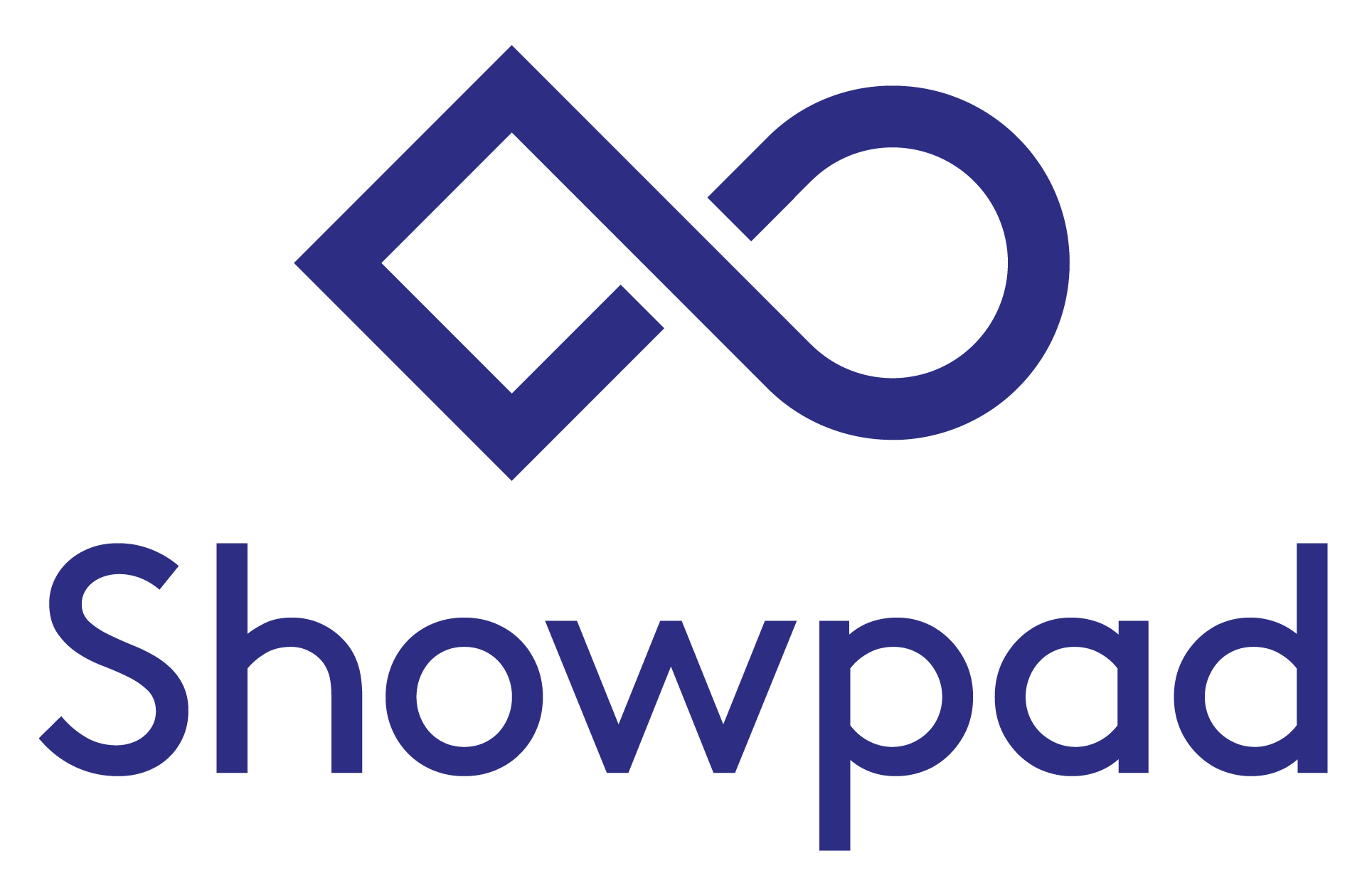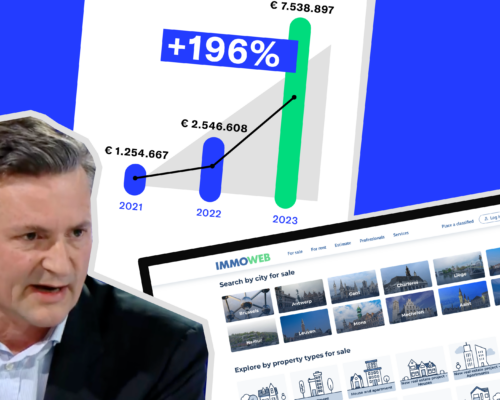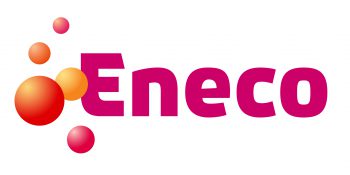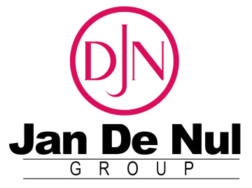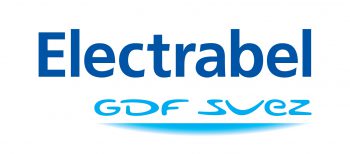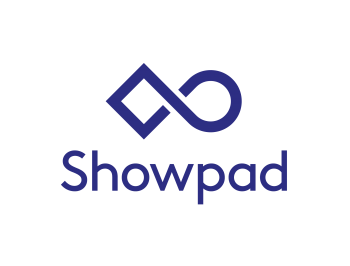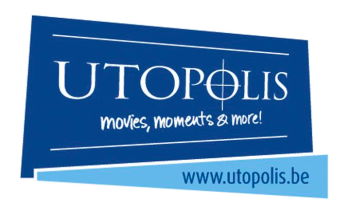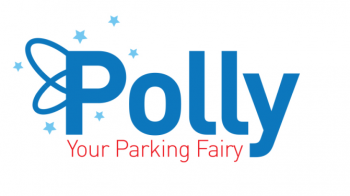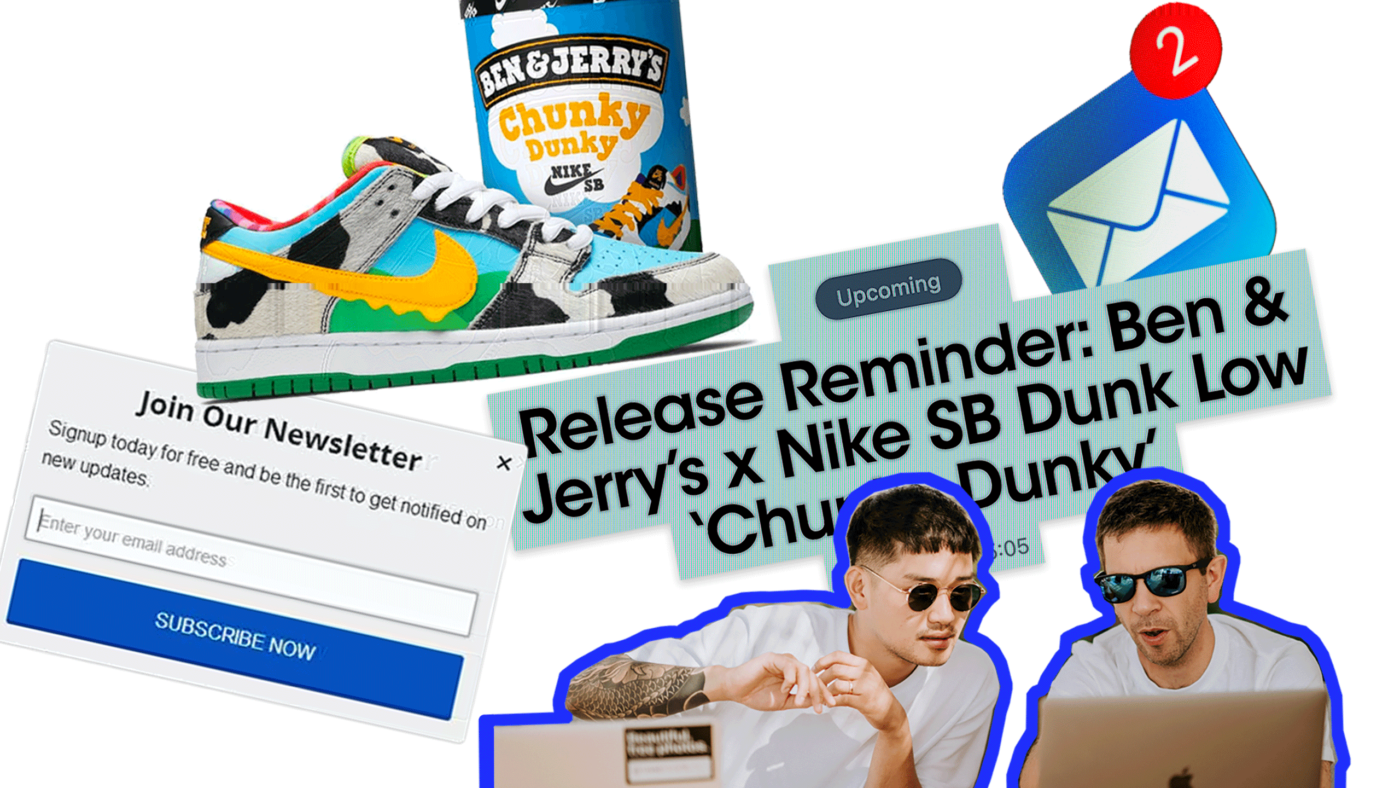“Doesn’t everybody just delete newsletters?”
“Isn’t e-mail old-fashioned?”
“Aren’t there newer, better channels?”
We hear this a lot. And respectfully, we disagree.
As a marketing tool, newsletters might not be as buzzworthy as the latest social platform or as loud and proud as earned media, but e-mail has unique qualities that allow it to hold its own.
(If you want to read how to increase your newsletter sign-up, read this blog.)
Why do marketers love e-mail and newsletters?
1. First and foremost, because e-mail is a high-fidelity communication channel.
The delivery rate of e-mail is generally estimated to be between 88% to 99%.
Once your e-mail hits the inbox, there is a reasonable chance that people will actually read it. One report found that 90% of Americans use e-mail daily. Some 20% check it more than five times per day, and 10% say they check it “all the time”. Most professionals check their work e-mail after-hours.
2. People pay attention to e-mails
People don’t just glance at e-mail, they read it. On average, people spend 12 seconds on any given marketing e-mail. That may not seem like much, but it’s an eternity compared to what Facebook and LinkedIn count as an impression, namely: “any content which is at least 50% on screen for one second”.
Those 12 seconds allow a reader to scan a lot of information, the better to judge whether they want to dive deeper into your e-mail.
3. E-mail puts the initiative for communication with the marketing team
When you have permission to use someone’s e-mail address, you can claim their attention in a way few other channels can.
You can send a message to your prospect without waiting for them to take the initiative. You can drip-feed content, building familiarity and trust, and you can do it in the relative privacy of their inbox. Of course they can still unsubscribe, but that’s down to your content, not e-mail.
4. E-mail marketing has incredibly high ROI
When it comes to revenue, e-mail impresses too. A 2019 UK report shows that every pound spent on e-mail marketing generates £42 in return – that’s an ROI of 4100%!
E-mail vs. social?
If people object to newsletter marketing or e-mail nurturing, they often prefer social media. Are they right? For several reasons, we’re sticking to our position that if you have to choose one or the other, e-mail is a more rewarding and reliable marketing channel for most businesses.
Newsletters beat (organic) social media hands down in reach
Worldwide, there are around 3.9 billion social media users, forecast to climb to 4.4 billion by 2025. In sheer numbers, it’s catching up to e-mail, with around 4.2 billion users in 2022. But the differences lie in quality, not quantity.
Average e-mail open rates are around 20%, with click-through rates between 2% and 7%, depending on your source. That’s not bad, especially when you compare it to organic social reach, which is around 5%.
Compared side by side, the differences are quite clear – an e-mail can reach over 10 times more people than a social post. On top of that, remember how long they spend engaging with the content – 12 seconds reading the e-mail versus seeing half the social media ad for one second.
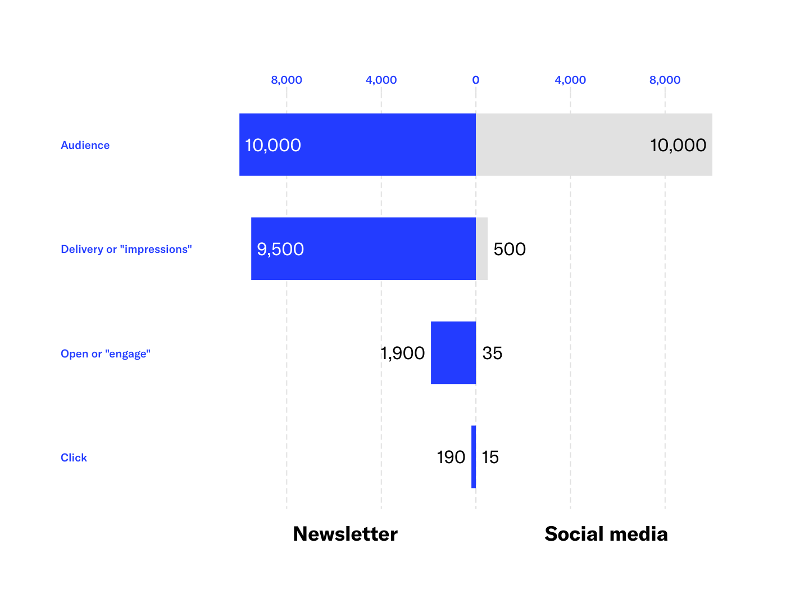
Newsletters offer more control and less risk than social media
E-mail platforms don’t own your audience, so you can move on without starting from scratch, whereas social channels can sever users permanently from their audiences if their behavior or content is seen to violate a given platform’s policies and terms. E-mail gives you full control over content (the law permitting).
You’re not beholden to a mysterious algorithm
On social, algorithms are used to show your content to a subset of targeted users. E-mail providers don’t use algorithms to serve different inbox content to different people, so your message has a much higher chance of being noticed.
Social algorithms are kept secret and they change frequently. You have no reliable way of knowing or influencing who can see what you post.
Your e-mail newsletters (mostly) don’t compete with paid ads
With the exception of some in-client ads (for example in Gmail), paid content does not take precedence over unpaid content in e-mail. Social channels prioritize paid content because it generates revenue. Organic reach on social media has been in decline for years, and figures from 2020 show that on average only 5.2% of a Facebook page’s audience will see an unpaid post.
How can you produce e-mail content your subscribers will love?
E-mail is the instrument of choice for inbound marketing. We see newsletters as a means of delivering consistent, high-quality content to a consumer’s inbox, so that the e-mails become a welcome fixture, developing a sense of value and brand recognition over time. Here’s how to create quality content readers will appreciate.
- Keep it simple. Don’t send newsletters that overwhelm the eye and brain with images, backgrounds and effects. Focus on content, not formatting. Your company logo is all the branding you need.
- Write like a human. Use plain language and structure your content so it’s easy to scan-read, using information-rich subheadings and short paragraphs. Vary sentence length, but remember longer sentences take more brain-power to process.
- Be honest. Trying to deceive your reader with tricks like starting your subject line with RE: or making fantastical claims may artificially manipulate your metrics, but it won’t win you friends in the long-run.
- Be generous. There are over 300 billion mails sent every day, so make yours count. Share what you know and include references your reader will find genuinely useful.
- Keep to a rhythm. Set a publishing schedule you can stick to. A high-quality newsletter every quarter is better than flurries of publishing followed by months of silence.
- Don’t e-mail without express permission. Sending to contacts who haven’t opted into your newsletter is not polite and could breach GDPR.
What newsletter format should you choose?
There are a few tried and trusted formats for e-mail newsletters which can offer a starting point for your first campaigns.
- The round-up. A digest of interesting stories from your own blog or other platforms.
- The featured article. A story you have produced. This can be a way for readers to subscribe to your blog.
- The bundle. A compendium of stories, links, recruitment and offers, useful for when your database is diverse.
- The promo. Exclusive deals, discounts, or advance news of sales and events.
The one type of e-mail we don’t recommend is the generic “outreach” format, where someone you’ve never heard of sends a chatty message you didn’t ask for about a service or product you don’t need. 91% of these e-mails are ignored, and sending them might even damage your brand.
E-mail marketing isn’t mining, it’s sustainable agriculture. It takes care and time to make things grow. And like agriculture, there’s a good reason it’s been around for a long time – because it works.
Sources
- Brian Boland (2014), Organic Reach on Facebook: Your Questions Answered, https://www.facebook.com/business/news/Organic-Reach-on-Facebook/
- Brian Dean (2019), We Analyzed 12 Million Outreach Emails Here’s What We Learned, https://backlinko.com/e-mail-outreach-study
- Campaign Monitor, Email marketing terms, https://www.campaignmonitor.com/resources/glossary/click-through-rate-ctr/
- Campaign Monitor, Ultimate Email Marketing Benchmarks for 2022: By Industry and Day, https://www.campaignmonitor.com/resources/guides/email-marketing-benchma…
- Content Cal (2020), What is a Good Social Media Engagement Rate? https://www.contentcal.com/blog/what-is-a-good-social-media-engagement-r…
- Direct Marketing Association (2019), Marketer Email Tracker 2019, https://dma.org.uk/uploads/misc/marketers-email-tracker-2019.pdf
- Eleventy Marketing Group (2016), 22 New Stats Showing How American Adults Use Email, https://eleventygroup.com/2016/01/05/american-email-usage/
- Fluent (2015), The Inbox Report, http://www.fluentco.com/wp-content/uploads/2015/12/Fluent_TheInboxReport…
- John Rampton (2017), Is Organic Social Reach Dead? https://blogs.oracle.com/marketingcloud/post/is-organic-social-reach-dead
- https://www.omnisend.com/blog/e-mail-deliverability/
- Kevan Lee, So…Is That Good? The Complete Beginner’s Guide to Benchmarking on Social Media, https://buffer.com/library/social-media-benchmarks/#2-trended-benchmarks
- Mailchimp, Email Marketing Benchmarks and Statistics by Industry, https://mailchimp.com/resources/email-marketing-benchmarks/
- Mel Jouzy (2021), Do you know what are impressions? How they are measured? What is viewability and why do we measure data? https://www.linkedin.com/pulse/do-you-know-what-impressions-how-measured…
- Sam Cahoon (2020), Email Open Rates By Industry (& Other Top Email Benchmarks), https://blog.hubspot.com/sales/average-email-open-rate-benchmark
- Social status, LinkedIn Organic Reach Rate Benchmark, https://www.socialstatus.io/insights/social-media-benchmarks/linkedin-or…
- Statista Research Department (2022), Number of social network users worldwide from 2017 to 2025, https://www.statista.com/statistics/278414/number-of-worldwide-social-ne…
- The Radicati Group (2021), Email Statistics Report, https://www.radicati.com/wp/wp-content/uploads/2021/Email_Statistics_Rep…
